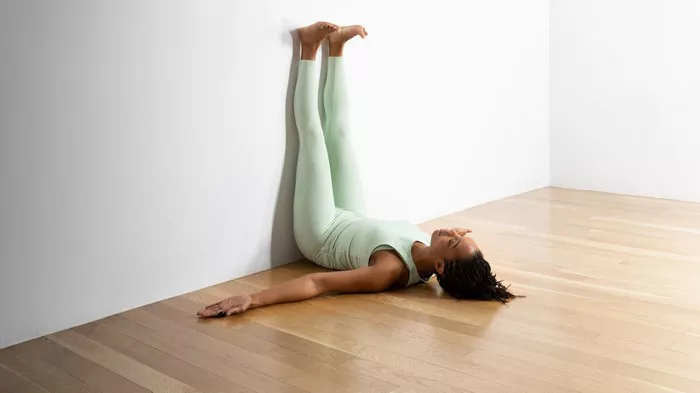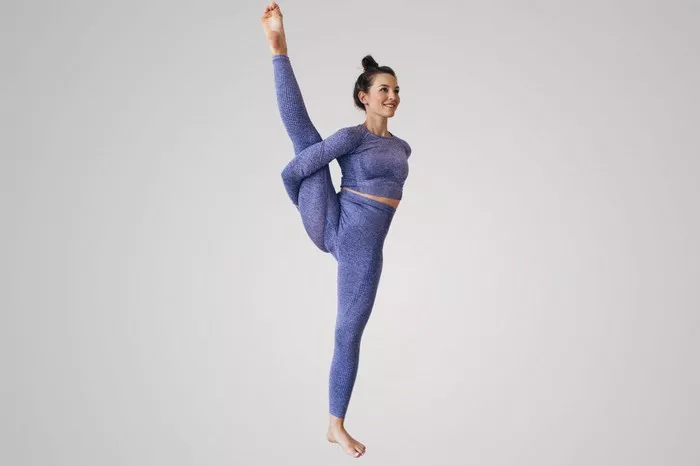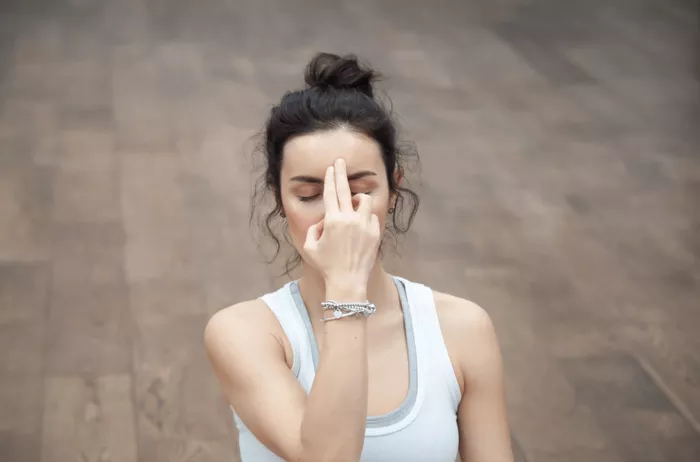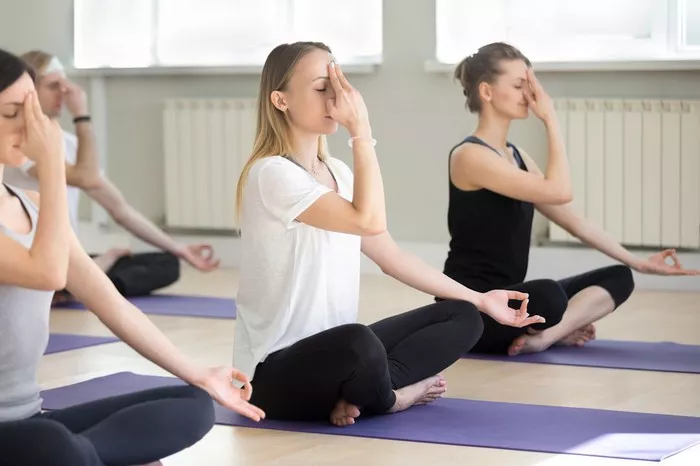Restorative yoga is a practice designed to encourage deep relaxation and release of tension. While the entire body can benefit from this gentle form of yoga, focusing on specific areas like the legs can bring immense relief and healing, especially for those who experience leg fatigue, muscle soreness, or circulatory issues. This article explores the benefits, poses, and practices of restorative yoga for the legs, offering a comprehensive guide for those looking to rejuvenate and heal this essential part of the body.
Benefits of Restorative Yoga for Legs
Restorative yoga offers numerous benefits for the legs, including:
- Improved Circulation: Gentle poses and prolonged holds help enhance blood flow, reducing swelling and promoting better oxygenation of tissues.
- Muscle Relaxation: Stretching and relaxing the muscles can alleviate tension and reduce the risk of injuries.
- Joint Health: Slow, controlled movements help maintain joint flexibility and reduce stiffness.
- Stress Reduction: The calming nature of restorative yoga helps reduce stress, which can manifest as muscle tension in the legs.
- Enhanced Recovery: Athletes and individuals who stand for long periods can benefit from quicker recovery times through restorative practices.
Key Restorative Yoga Poses for Legs
1. Legs-Up-the-Wall Pose (Viparita Karani)
This pose is excellent for improving circulation and relieving tired legs.
How to Perform: Sit next to a wall and swing your legs up so that they are resting vertically against the wall. Your back should be flat on the floor, and your arms can rest by your sides or above your head.
Duration: Hold for 5-15 minutes.
Benefits: Relieves leg fatigue, reduces swelling, and calms the nervous system.
2. Supported Bridge Pose (Setu Bandha Sarvangasana)
A gentle backbend that stretches the thighs and improves circulation.
How to Perform: Lie on your back with your knees bent and feet flat on the floor. Place a yoga block or bolster under your sacrum for support. Let your arms rest by your sides.
Duration: Hold for 5-10 minutes.
Benefits: Opens the hips, stretches the quadriceps, and releases tension in the lower back and legs.
3. Reclining Bound Angle Pose (Supta Baddha Konasana)
This pose opens the hips and stretches the inner thighs.
How to Perform: Lie on your back with your knees bent and feet together, allowing your knees to fall open to the sides. Use bolsters or cushions under your knees for support.
Duration: Hold for 5-15 minutes.
Benefits: Stretches the inner thighs and groin, reduces stress, and promotes relaxation.
4. Supported Wide-Legged Forward Fold (Upavistha Konasana)
A gentle forward fold that stretches the hamstrings and inner thighs.
How to Perform: Sit with your legs extended wide apart. Place a bolster or several folded blankets in front of you. Slowly fold forward, resting your torso and head on the support.
Duration: Hold for 5-10 minutes.
Benefits: Stretches the hamstrings and inner thighs, relieves lower back tension, and calms the mind.
5. Supported Child’s Pose (Balasana)
A comforting pose that stretches the hips, thighs, and ankles.
How to Perform: Kneel on the floor, sitting back on your heels. Spread your knees wide and fold forward, resting your torso on a bolster or blankets. Extend your arms in front of you or rest them by your sides.
Duration: Hold for 5-10 minutes.
Benefits: Stretches the hips, thighs, and ankles, reduces stress, and promotes relaxation.
Creating a Restorative Yoga Sequence for Legs
To maximize the benefits of restorative yoga for the legs, it’s essential to create a balanced sequence that targets different muscle groups and promotes overall relaxation. Here’s a sample sequence to get started:
- Legs-Up-the-Wall Pose (Viparita Karani) – 10 minutes
- Supported Bridge Pose (Setu Bandha Sarvangasana) – 7 minutes
- Reclining Bound Angle Pose (Supta Baddha Konasana) – 10 minutes
- Supported Wide-Legged Forward Fold (Upavistha Konasana) – 7 minutes
- Supported Child’s Pose (Balasana) – 10 minutes
End your practice with a few minutes of deep breathing or a short meditation to fully integrate the relaxation and healing benefits.
See Also: 5 Standing Yoga Asanas
Incorporating Props for Enhanced Comfort
Props are a vital component of restorative yoga, providing the necessary support to hold poses for extended periods without discomfort. Here are some commonly used props:
- Bolsters: Ideal for supporting the back, knees, and head in various poses.
- Yoga Blocks: Useful for providing stability and height, especially in supported bridge pose and forward folds.
- Blankets: Can be used for padding under the knees, head, or back for added comfort.
- Straps: Helpful in maintaining alignment and providing gentle resistance in certain poses.
Breathing Techniques for Deep Relaxation
Breathing plays a crucial role in restorative yoga, helping to calm the mind and body. Incorporating specific breathing techniques can enhance the relaxation benefits of your practice:
Diaphragmatic Breathing: Also known as belly breathing, this technique involves inhaling deeply into the abdomen, allowing it to expand fully. Exhale slowly, feeling the abdomen fall.
- How to Practice: Place one hand on your chest and the other on your abdomen. Breathe deeply through your nose, focusing on expanding your abdomen rather than your chest.
- Benefits: Reduces stress, promotes relaxation, and improves oxygen exchange.
Ujjayi Breathing: Also known as ocean breath, this technique involves breathing through the nose with a slight constriction at the back of the throat, creating a soft, hissing sound.
- How to Practice: Inhale deeply through your nose, constricting the back of your throat slightly. Exhale slowly, maintaining the constriction to create the ocean-like sound.
- Benefits: Enhances focus, calms the mind, and supports relaxation.
Precautions and Considerations
While restorative yoga is generally safe for most people, it’s important to keep the following considerations in mind:
Listen to Your Body: Never force yourself into a pose. If you feel any discomfort or pain, adjust your position or use additional props.
Consult a Professional: If you have any medical conditions or injuries, consult with a healthcare provider or experienced yoga instructor before starting a restorative yoga practice.
Start Slowly: If you’re new to restorative yoga, start with shorter sessions and gradually increase the duration as your body becomes more accustomed to the practice.
Conclusion
Restorative yoga for legs offers a gentle yet powerful way to alleviate tension, improve circulation, and promote overall relaxation. By incorporating specific poses, using props for support, and practicing mindful breathing techniques, you can create a soothing and rejuvenating experience for your legs. Whether you’re an athlete, someone who stands for long periods, or simply looking to unwind, restorative yoga can provide the healing and relaxation your legs need. Embrace this practice and discover the profound benefits it can bring to your overall well-being.
Related topics:
























